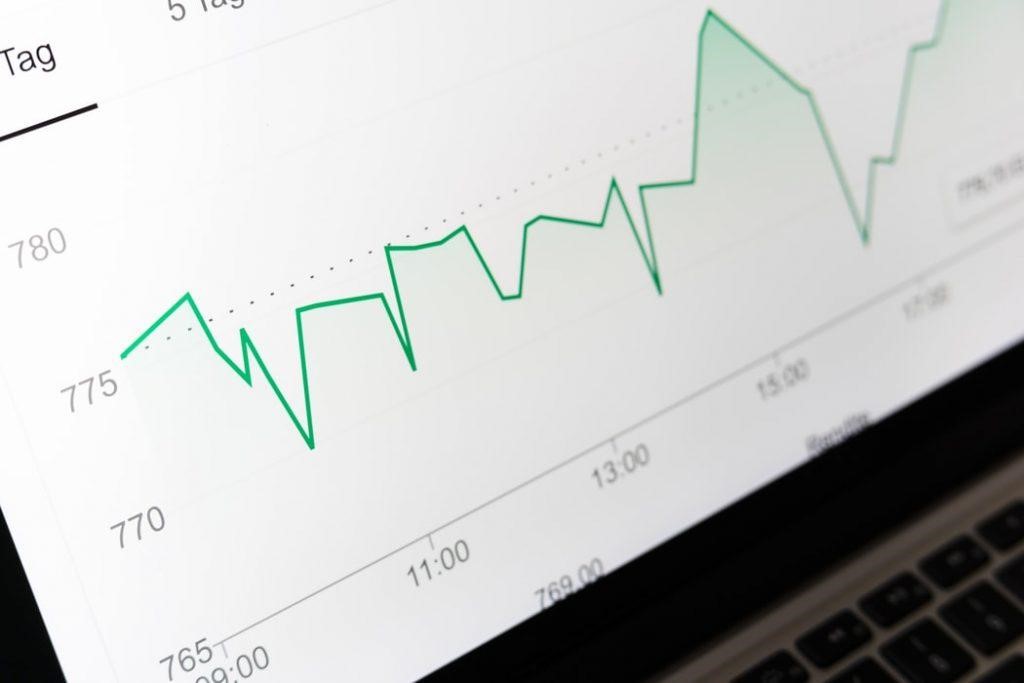Table of Contents
Marketing is one of the most critical aspects of a business.
It is how you introduce your brand to potential customers and how you grow your customer base. As such, marketing is not something you can afford to mess up.
But how will you know that what you’re doing is right? In today’s modern and fast-paced world, things change all the time, and it’s up to you to keep up with the current trends in consumer behaviour. This isn’t always easy, especially when rapid and unexpected changes happen.
But it can be done if you have the right information and an excellent way to analyse it. If you collect the right data to improve your marketing analysis, you’ll be able to develop the right go-to-marketing strategy for your business.
When collecting the right data to improve your marketing analysis, you must first know what you’re looking for
There’s no doubt that knowledge is power when it comes to business marketing.
The more you know about the industry, the market, and the customer, the better you’ll be at selling your product or service. Consequently, you’ll earn more and grow your business faster with the help of technology. That’s why it’s easier than ever to obtain vast amounts of information that could benefit your business.
This is especially true if you’re running an online business or at least have a website (which you really should). Your website is an excellent source of information – you can easily track how many people visit it, where they’re from, how long they stay, what they look at, and much more.

But while information is good, not all information is always useful, so it’s paramount to prioritise. Otherwise, you can quickly end up overwhelmed by irrelevant details. When you’re looking to conduct better marketing analyses, the information you should focus on concerns your customers, their preferences, and their opinions, especially as they relate to branding and advertising.
How did they find your business? What was their first impression of your brand? Have they seen any of your ads, and what did they think of them? Which channels and avenues of marketing brought in most customers? These are some of the questions you should be asking and analysing.
You cannot collect data or improve your marketing analysis without a good strategy
The kind of analysis you need to conduct before starting a business and when retargeting previous customers is not the same. So, it’s fair to say that the goals you’re trying to achieve will inform the type of marketing analysis you’re doing. In turn, this will determine the kind of data you need. Before you start collecting information about your customers, you’ll need to have a plan:
- First, define your scope and goals. Decide whose opinions you’re looking for, why, and what you need them for.
- Then, come up with a strategy. Think about how you will collect, store, and analyse your data. Automate what you can with apps, add-ons, and other software to make the entire process easier. Unless you are specifically focusing on a single channel, remember to collect data from various sources such as your website, Facebook, Twitter, Instagram, etc.
- Be consistent with your data. Store them in an organised manner and use the same system for labeling the same type of information. This is especially important if you’re automating parts of your analysis.
The best methods to collect data that will improve your marketing analysis
Once you’ve determined what kind of information you need and made a plan for what you’re going to do with it, it’s time to collect your data. What are some of the methods you should consider?
Surveys and questionnaires
One option is to ask consumers what they like directly. This is one of the oldest methods in the book, yet it continues to be one of the most popular because it is so effective. The idea is to ask a sample of people what you want to know. Assuming their answers are indicative of the entire demographic they represent, you can then base your marketing on the information you gather. This is a very flexible method for collecting data because it can be conducted in a wide variety of ways: in-person or online, asking open-ended questions, or offering multiple-choice answers, using samples of any size. You only need to know how to find the right people and ask the right questions.


Website and app tracking
People give out a lot of information about themselves online, even when they’re not trying to. Your website (or app, if your business has one) can, therefore, be a source of useful information regarding the demographic of your audience, as well as their habits and preferences. It is always good practice to control your site regularly and conduct audits, as this is the best way to find out if something isn’t working. But you can also use analytics tools to find out things like where most of your visitors come from, which pages they spend the most time on, what kinds of links they click on, which ads they follow and which they ignore. This is all beneficial information for your marketing analysis and strategy.
Social media
These days, hardly any of us go a day without social media. We use it to get informed, stay in contact, and share our opinions. What is more, a lot of this information is publicly available. So, you can use it to find out what people think about your business and your competition, different trends in your industry, and even different marketing strategies from the things they post on social media accounts.
Transactions and subscriptions
When you’re running an e-business, you can get practically all the critical information you need from your website itself because your customers purchase and consume your products online. So, tracking their purchases and subscriptions will tell you what they like best in your catalog. You can then decide which products to discontinue and which to market more based on these data. You can do this with online purchases even if your business is not entirely internet-based. Just remember to include information from your physical stores too for holistic analysis.


Third-party sources
If you need more data than you are yourself capable of gathering, you can obtain it from third-party sources. These are companies that have no direct connection to consumers. Instead, they collect and store data from a wide variety of sources (including other websites and social media). You can purchase these data to supplement the information you gather yourself. This will give you more information to work with and thus improve your marketing analysis.
Customer feedback
Customers will often freely give you the information you’re looking for by leaving reviews of your products or services. This is the perfect information to use for your marketing analysis. It’s relevant, specific to your business, and coming directly from your customers. So read the feedback your customers give you and be open to adjusting your practices accordingly. It’s guidance to improve your business and make your customers happy.
Recognizing good data
When you want to collect data to improve your marketing analysis, you need to keep in mind that while it’s good to have as much information as possible, you don’t always need all the information you have access to. In fact, too much information can muddy the waters and make your analysis less accurate. So, before you start analysing the information you have collected, make sure your data is:
1) relevant to the goals of your analysis;
2) relevant to your business and industry;
3) coming from the demographic you’re targeting;
4) obtained with consent or publicly available.
Remember: a good marketing analysis only comes from useful data!


Author bio
Rose McCormack is a digital marketing strategist currently based in New York City. Prior to settling down and starting her work for Movers Development, she obtained her Bachelor’s degree in business management in Edinburgh and her Master’s degree in Marketing in Singapore. Having moved around a lot, she became interested in the moving industry which is where she now applies her expertise in marketing.







































[…] How? Well, each PPC campaign has a specific budget. After all, you are paying for every click that goes to your website. Considering this, you do not want to waste any money on people who will not actually buy anything. Instead, you can use the negative keywords feature to ensure that no-one who is not a prospective lead will see your marketing campaign. […]
[…] new entrepreneurs in the real estate market, having a good website is key to driving traffic and bringing in leads and clients. You may not be new to the game though and just new to the digital era. This guide will […]
[…] to connect with the brand in a meaningful way and eventually developing brand loyalty. Such marketing tactics can take many forms, from free sample distribution to tradeshows and in-store events to help […]
[…] capacities. This can allow top management to evaluate teacher and student performance by applying data analytics and various other […]